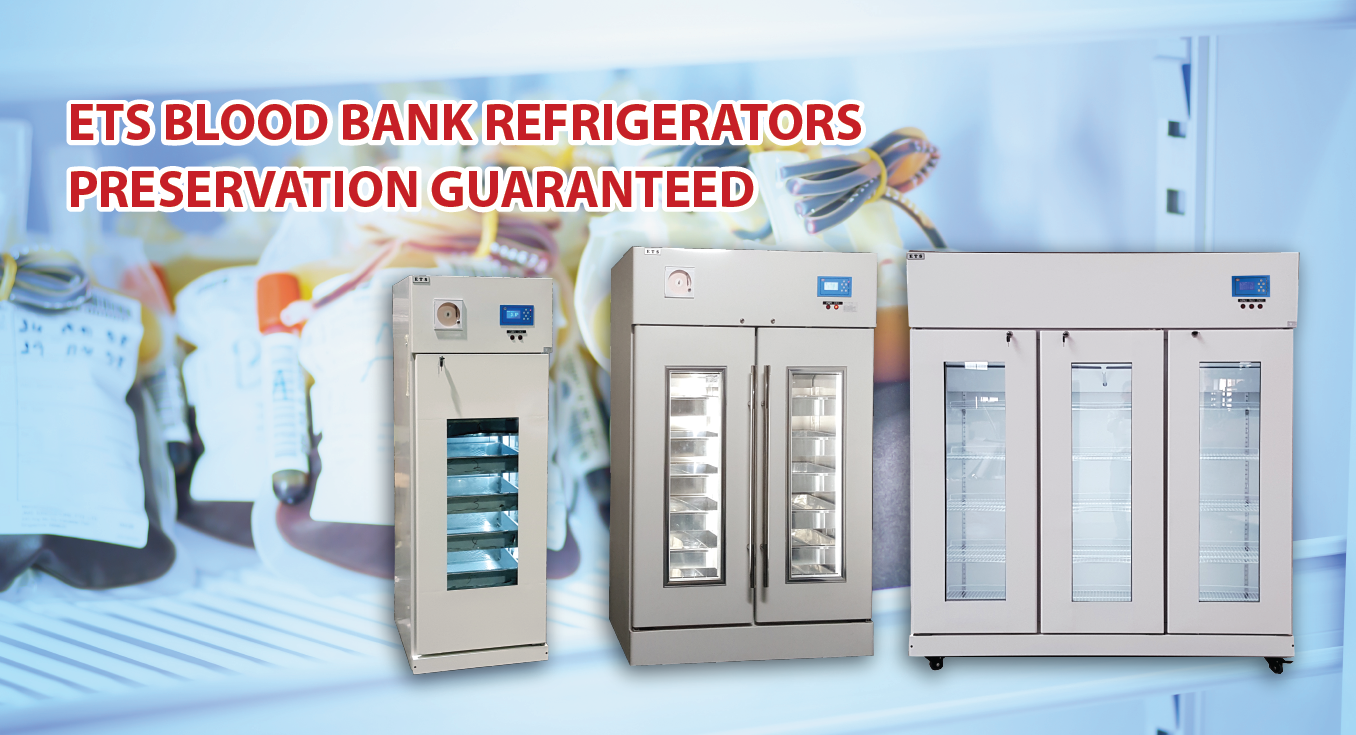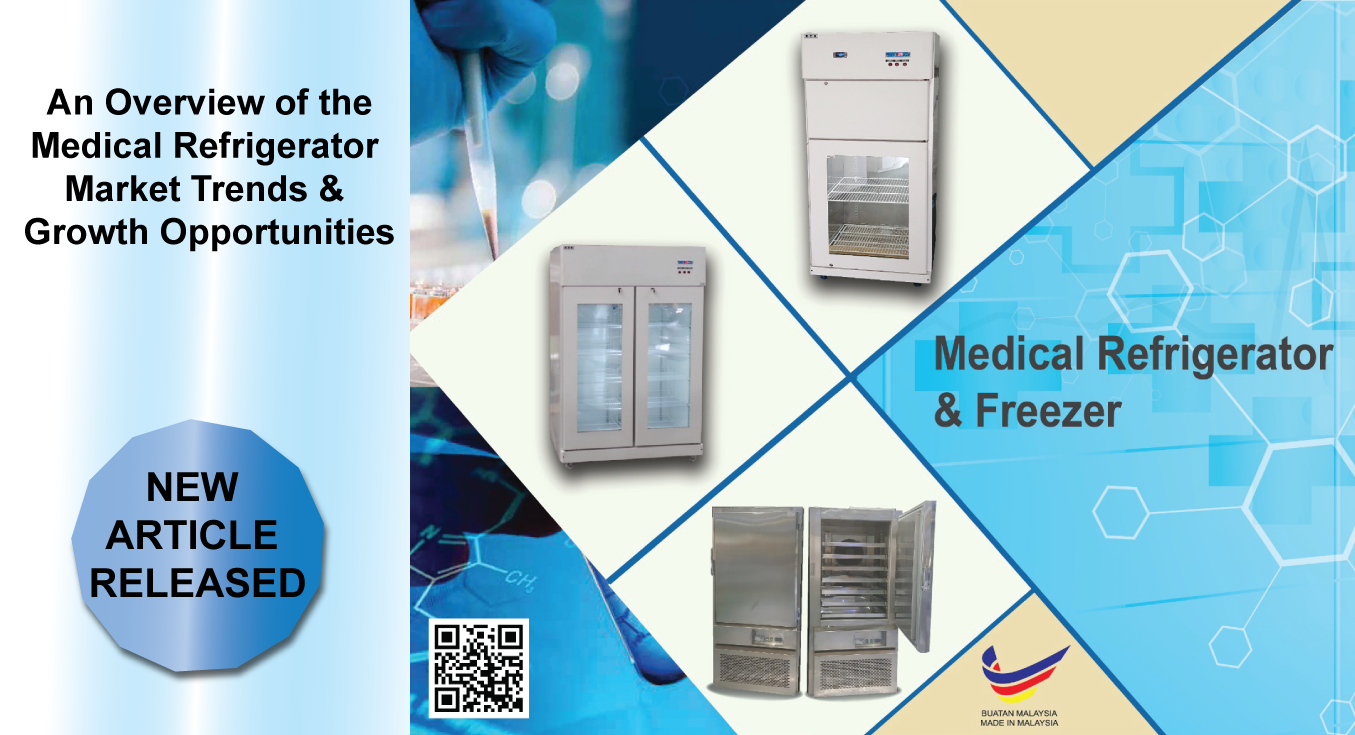In the event of local or regional natural disasters, public safety responders and healthcare facilities are often short of one very crucial resource when it’s needed in great quantity.
It’s not money, food or volunteers. It’s blood.
Every two seconds of every day, someone will need blood and it’s not just accident victims who do. In fact, the people who routinely need blood the most include those who are:
- Being treated for cancer
- Undergoing surgeries
- Being treated for inherited blood disorders.
Blood is a resource that cannot be manufactured outside the body and possesses a limited shelf life. Yet one pint of blood, can save three lives. Supply must be consistently replenished by donors as demand far outstrips supply at times.
Every drop of blood is critical and it’s important to not only safeguard against surges in demand but also have supply available for very rare types of blood like AB negative and B negative.
The Food and Drug Administration (FDA), American Association of Blood Banks (AABB) and other regulatory bodies have set stringent guidelines for the preservation and storage of blood and blood products.
A crucial piece of equipment to assist in preserving blood is called a blood bank refrigerator.
What Are Blood Bank Refrigerators?
Standards for blood storage have evolved with medical and technological advances.
Most donated blood is collected as whole blood (WB), or venous blood that has been separated via centrifugation into different components, such as red blood cells, plasma, cryoprecipitated antihaemophilic factor (AHF), and platelets. One unit of whole blood, after separation, may be transfused to several patients requiring different blood components.
Each of these components have their own storage temperature and expiration requirements, such as whole blood which must be stored between temperatures of +2°C to 6°C, for a maximum permitted period of 35 to 42 days. Because of such requirements, specialised refrigeration equipment is needed for storage.
Blood bank refrigerators are used to store biomedical supplies like blood products such as whole blood, blood components and plasma derivatives at controlled temperatures. They are essential for maintaining the safety of blood according to regulations set by the FDA and other regulatory bodies.
Unlike their domestic counterparts, blood bank refrigerators include a number of specialised features:
- High quality cabinet construction, with heavy walled, CFC-free insulation which helps to minimize energy use and ensure temperature stability.
- Time and temperature sensitive auto-defrost cycles, with automatic condensate removal to minimize equipment downtime.
- Stainless steel roll-out drawers and insulated, self-closing glass doors allow users to easily view and access product inside of the refrigerator as well as prevent temperature excursions from doors left open accidentally.
- Doors can be locked in order to control access, thereby limiting the chances of contamination and waste.
- Directed and monitored forced-air circulation helps enhance temperature stability at all points in the cabinet and ensures quick temperature recovery after door openings.
- At least 2 temperature sensors or probes at multiple points provide cabinet temperature data for compliance with blood banking standards. Built-in or freestanding chart recorders are provided for logging and monitoring of temperature data.
- Visual and audible alarm alerts allow tracking of events such as open doors, temperature deviations, and power failures. Audible alarms also come with battery backup capability to ensure full alarm functionality in the event of a power failure.
ETS BLOOD BANK REFRIGERATORS
Our MBR series of Blood Bank Refrigerators incorporates the latest in cabinet, refrigeration, temperature control and alarm monitoring features and is designed to provide convenient, safe and reliable performance for optimal storage temperature environments necessary for a wide range of life science, laboratory, pharmacy, biological, medical, clinical and industrial applications.
Drop us a line if you have questions.






